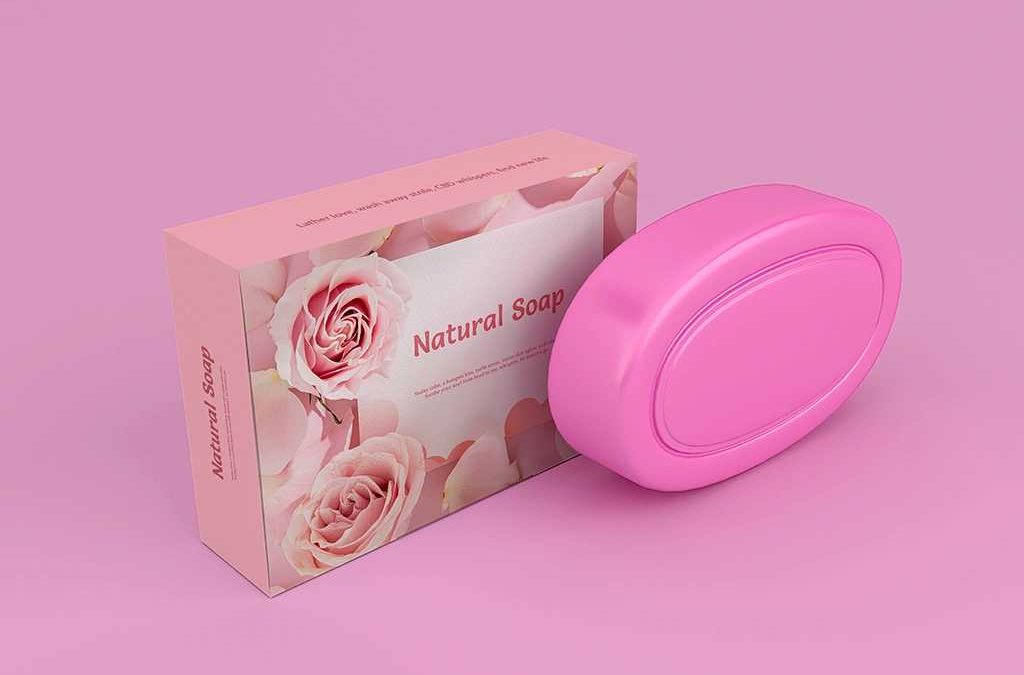In an age where environmental concerns are at the forefront of consumer decisions, businesses and individuals alike are increasingly seeking ways to reduce their ecological footprint. One often-overlooked aspect of this movement is soap packaging. The shift toward eco-friendly packaging is not just a trend but a crucial step toward sustainable living. This guide will explore various eco-friendly packaging options for soap, their benefits, and how to make the transition effectively.
Understanding the Impact of Traditional Soap Packaging
Traditional soap packaging, often made from plastic or non-recyclable materials, contributes significantly to environmental pollution. Plastic packaging can take hundreds of years to decompose, and during this time, it releases harmful chemicals into the soil and waterways. Additionally, the production and disposal of plastic packaging contribute to greenhouse gas emissions, exacerbating climate change.
Moreover, many traditional packaging materials are not biodegradable, meaning they persist in landfills and natural habitats long after their initial use. As awareness of these issues grows, consumers and companies alike are searching for more sustainable alternatives.
The Benefits of Eco-Friendly Soap Packaging
Switching to eco-friendly soap packaging offers numerous benefits, including:
Reduced Environmental Impact
Eco-friendly packaging materials are designed to minimize harm to the environment. They often use renewable resources and have a lower carbon footprint compared to traditional materials.
Waste Reduction
Many sustainable packaging options are biodegradable or compostable, meaning they break down more quickly and naturally, reducing landfill waste.
Enhanced Brand Image
Companies that adopt eco-friendly packaging can appeal to environmentally conscious consumers, strengthening their brand’s reputation and potentially increasing market share.
Compliance and Incentives
As regulations around packaging waste tighten, adopting sustainable practices can help businesses stay ahead of legal requirements and benefit from incentives or tax breaks.
Types of Eco-Friendly Soap Packaging
Recycled Paper and Cardboard
Recycled paper and cardboard are among the most popular eco-friendly packaging materials. They are derived from post-consumer waste and are fully recyclable. When choosing recycled paper, ensure it is certified by organizations like the Forest Stewardship Council (FSC), which guarantees that the paper comes from sustainably managed sources.
Biodegradable Films
Biodegradable films, made from plant-based materials such as cornstarch or cellulose, are designed to break down naturally over time. These films offer a comparable level of protection to traditional plastic while significantly reducing environmental impact.
Glass and Metal Containers
Glass and metal containers, though not always the most lightweight option, are highly durable and recyclable. They offer excellent protection for soap and can be reused or repurposed, further extending their lifecycle.
Plant-Based Packaging
Some innovative companies are developing packaging from materials like seaweed, mushroom mycelium, and bamboo. These materials are not only biodegradable but often have a lower environmental impact during production.
How to Transition to Eco-Friendly Soap Packaging
Evaluate Your Current Packaging
Start by assessing your current packaging materials and practices. Identify areas where you can reduce waste and improve sustainability. Consider factors such as material composition, recyclability, and overall environmental impact.
Research and Choose Sustainable Options
Research various eco-friendly packaging options to find the best fit for your soap products. Evaluate factors like cost, availability, and compatibility with your soap formulations. Partner with suppliers who prioritize sustainability and can provide certified eco-friendly materials.
Test and Implement
Before fully transitioning, test your new packaging with a small batch of products to ensure it meets your quality standards and performs well throughout the supply chain. Once satisfied, gradually implement the new packaging across your product lines.
Educate and Communicate
Educate your customers about the benefits of your eco-friendly packaging. Use your packaging as a platform to share your sustainability story and encourage customers to recycle or compost the materials. Transparency builds trust and loyalty among environmentally conscious consumers.
Conclusion
Adopting eco-friendly soap packaging is a significant step toward a more sustainable future. By understanding the environmental impact of traditional packaging, exploring various sustainable options, and making informed choices, businesses and individuals can contribute to reducing waste and protecting the planet. As consumer demand for sustainable products continues to grow, making the switch to eco-friendly packaging is not just a smart choice but a necessary one for fostering a healthier environment for generations to come.



Recent Comments